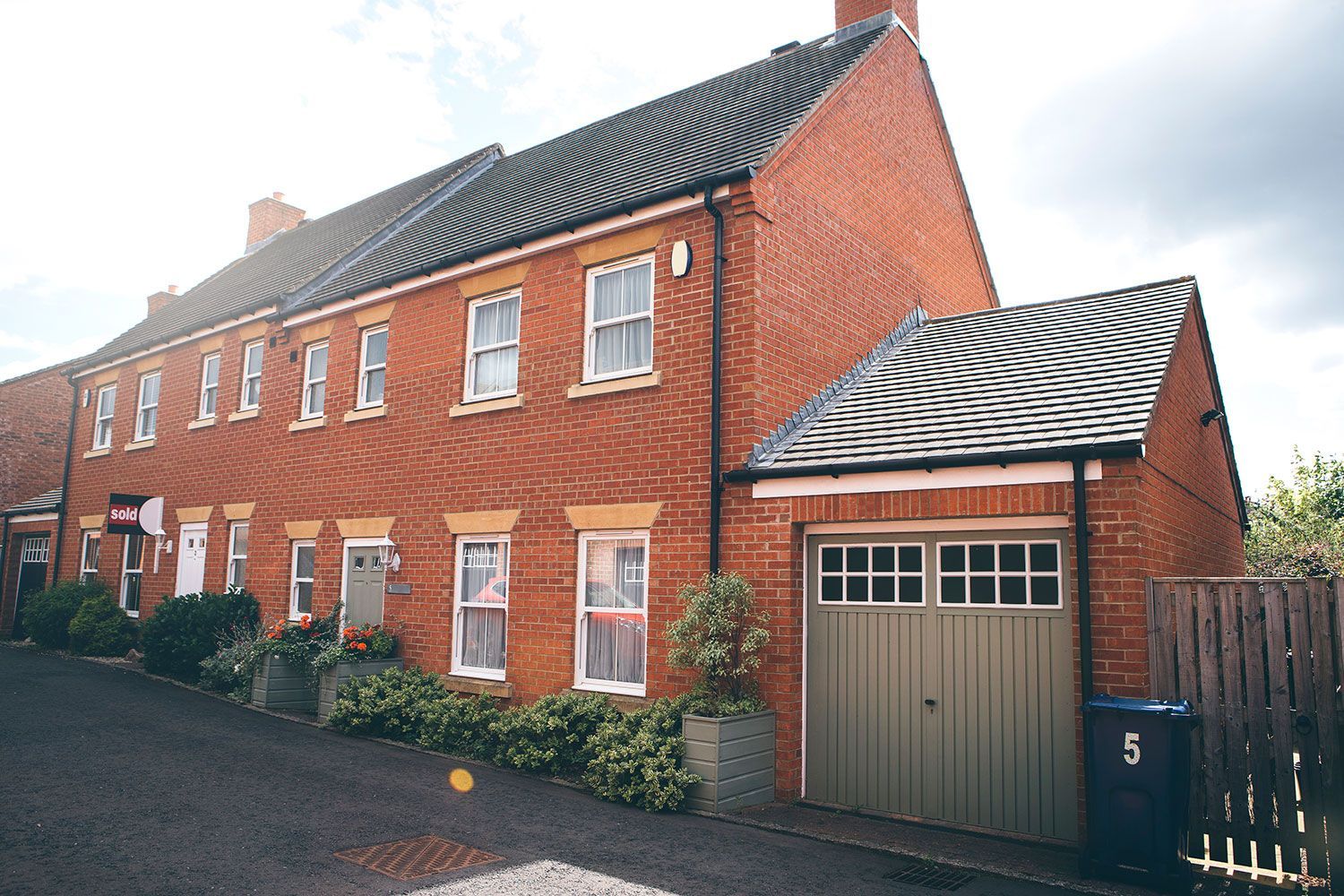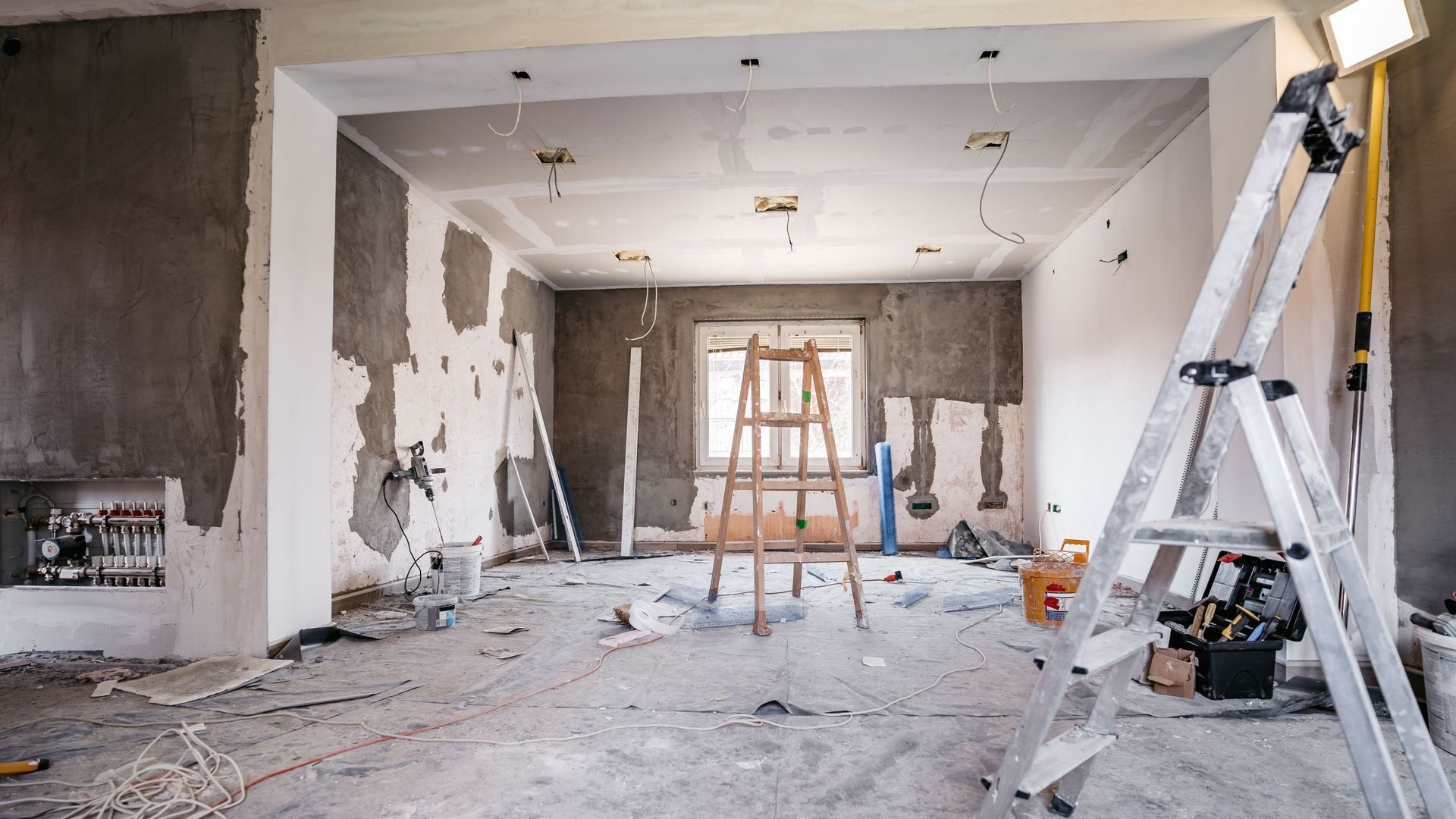Booking an Asbestos Survey in Edinburgh
Since the introduction of the Control of Asbestos Regulations act (2012) the government has maintained a series of strict rules on how and when asbestos should be removed. It’s no secret that asbestos is carcinogenic and extremely damaging to your health and that's why the nation has such vigilant standards. Before we dive into why you need to get yourself a survey, let's look back at where Asbestos came from.
What is asbestos?
Asbestos is a type of mineral found all over the globe. It has a unique fibre-like quality and is resistant to electricity, corrosion and, most importantly, fire. These properties make the material incredibly useful and humans have been taking advantage of the substance for thousands of years.
History of asbestos
It is thought that we started using asbestos as far back as the Stone Age and there is fairly strong evidence the material was used to make wicks in candles as early as 4000 BC. During the Egyptian empire, pharaohs were often wrapped in woven cloth made from asbestos to increase the preservation of the body. The influence of asbestos carried through to the Roman era when people made tablecloths from the material as well as napkins. The Romans would clean the fireproof material by launching it fires where, outstandingly, the material would come out whiter than before.
Around this time was when the first reports of asbestos damaging people's lungs started to crop up. Philosophers noted a sickness to the lungs occurring in those who worked in the mines. Some miners even sort to cover their faces and mouths to protect themselves from inhaling the dangerous particles. After the Roman empire fell, the popularity of asbestos dwindled. It wasn’t until the middle ages that the material started to become more popular. King Charlemagne of France famously had his tablecloth woven with asbestos in an attempt to fireproof the table.
During the crusades nights also made bags from the material to house rocks and stones. These bags were then launched using catapults to sack castles and cities. As with many materials used today, asbestos saw an exponential rise to fame during the industrial revolution. It was quickly realised that the mass production of the material would allow for larger, more ambitious building projects. Solid sheets were made and children toiled in factories, weaving the fibres together. Throughout the 1800s, the industry exploded and by the 1900s asbestos was one of the most popular materials in the world.
Considering the research that scholars conducted in ancient Greece and Rome, it’s fairly surprising that it took until 1897 for the west to recognise its harmful properties. Then in 1898, a report from England revealed those working in asbestos factories had severely damaged lungs from breathing in the fibres. Despite this research, the substance continued to increase in production and really boomed after the Second World War. The vast demand for new housing meant nations in the west needed to do everything they could to keep up. Asbestos was an obvious option due to the material's unique properties.
However, as the century progressed and research on carcinogens became more advanced, the popularity of asbestos slowly faded and in 2003 it was banned in 17 countries, including the United Kingdom.
Why do you need a survey?
All non-domestic properties built before the year 2000 are legally required to carry out an asbestos survey. This measure was designed to find any asbestos that remained within buildings, removing any that posed serious harm to people. One of the most common forms of asbestos known to cause issues is an asbestos-containing material or ACM. An ACM is an item or product found within a building that does not obviously contain asbestos. It might be hidden within the material, or perhaps there are only traces of the substance.
A survey is designed to discover these materials and determine whether or not the asbestos is safe. Sometimes if the product has not been damaged or moved, it is perfectly safe to keep it within the building as the fibres pose no risk to the building's users. However, often this is not the case and once the asbestos is found, it must then be carefully and professionally removed. A survey then is vital, as only the experts can determine whether a scenario is safe. How do you know if you need a survey though?
Buying a property
If you are purchasing a building, whether it be commercial or domestic, it is highly recommended that you conduct an asbestos survey. After all, if any traces are found, it can be an extremely expensive job to remove the substance. Therefore, you may reconsider your investment and choose to look elsewhere. Furthermore, if you do still choose to purchase the property, you’ll need to know where the asbestos is, if it needs removing, and how to remove it.
Selling a property
If you are selling a building or home, you should conduct a survey for asbestos. Once you’ve been given the all-clear, it can drastically improve your chances of selling, as buyers will have concrete evidence that the building is safe. Not only this, but it is likely your buyers will ask for one anyway, so it’s wiser to get one done sooner rather than later to avoid any hidden costs.
Refurbishment survey
If you are thinking of conducting some refurbishments in your building or home, you will need to conduct a survey on a much more detailed level. Demolishing areas of a building can, at times, shed light on areas of the house that may have been missed in a simple survey. This means builders and constructors could find themselves exposed to dangerous substances by surprise. Many construction firms would take an incident like this very seriously, so you’ll want to know for sure that your building is safe before any work is started.
Planning permission
If you are planning an extension or new building on your property, the local authority may ask you to conduct an asbestos survey. This is especially common when planning a part demolition or extension. While it's not a legal requirement to conduct a survey before selling a property, the council can request one if they deem it necessary. They may ask for a survey to be conducted if they have reasonable grounds to assume the property contains asbestos, whether that is due to age or building materials.
Utility installation
Sometimes an electrical, heating or plumbing company will ask for an up-to-date asbestos survey before they agree to the work on your property. This is particularly common in a building that is fairly old or has never had a survey. A company will ask you to do this so they can protect their staff and ensure all the work they do is following government regulations.
Starting a lease
If you are beginning a new lease on a property, then you hold the legal responsibility for ensuring its safety, whether it be for yourself or your staff. Therefore, you should have an up-to-date survey on the state of your building and whether there is any asbestos present. If any asbestos is found, it doesn’t necessarily mean large removal costs. It just means that you will have to keep an eye on it and make sure it remains safe.
Exiting a lease
The same rule applies if you are ending a lease. The landlord will likely expect you to produce an up-to-date survey of the state of the building so they can sell the lease with as much ease as possible. If you have not maintained the building with their standards, then they will probably charge you to conduct a survey and this could cost far more than if you had one completed earlier.
Key information to look out for
Before you assign a firm to conduct a survey, it is imperative that you determine if the company is qualified. You can do this by researching the company and looking out for certification from the British Assessment Bureau.
Clearly then there are many reasons why you would carry out an asbestos survey on your property. The important thing to note is that they don’t always mean you’ll need to pay for removal services. Many surveys only confirm that the asbestos within the building is safe and undisturbed. If you need to talk with asbestos contractors about asbestos removal or surveys, don't hesitate to contact us today!
BUSINESS HOURS
- Mon - Thu
- -
- Friday
- -
- Sat - Sun
- Closed
Registered Company Name: Registered Company Name: Gowrie Contracts Ltd
Registered Address: Registered Address: 9 Faraday Street Dryburgh Industrial Estate Dundee DD2 3QQ
Registered Company Number: Registered Company Number: SC311140




